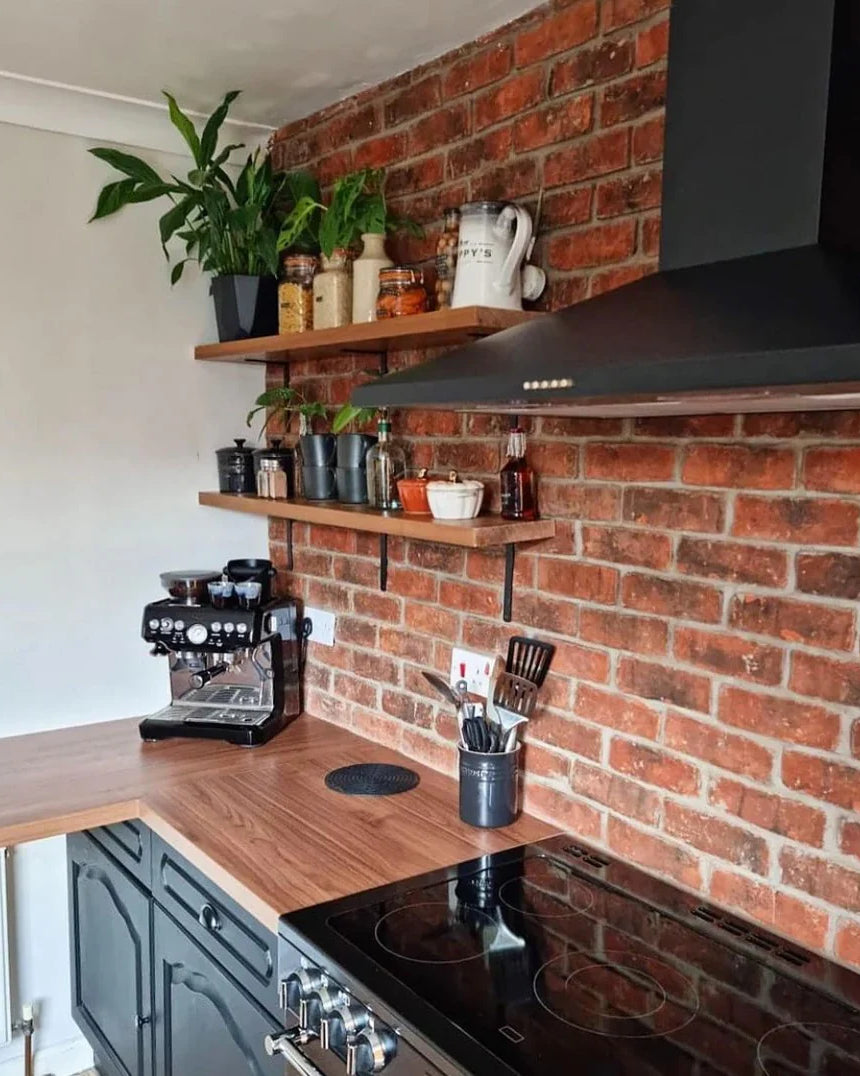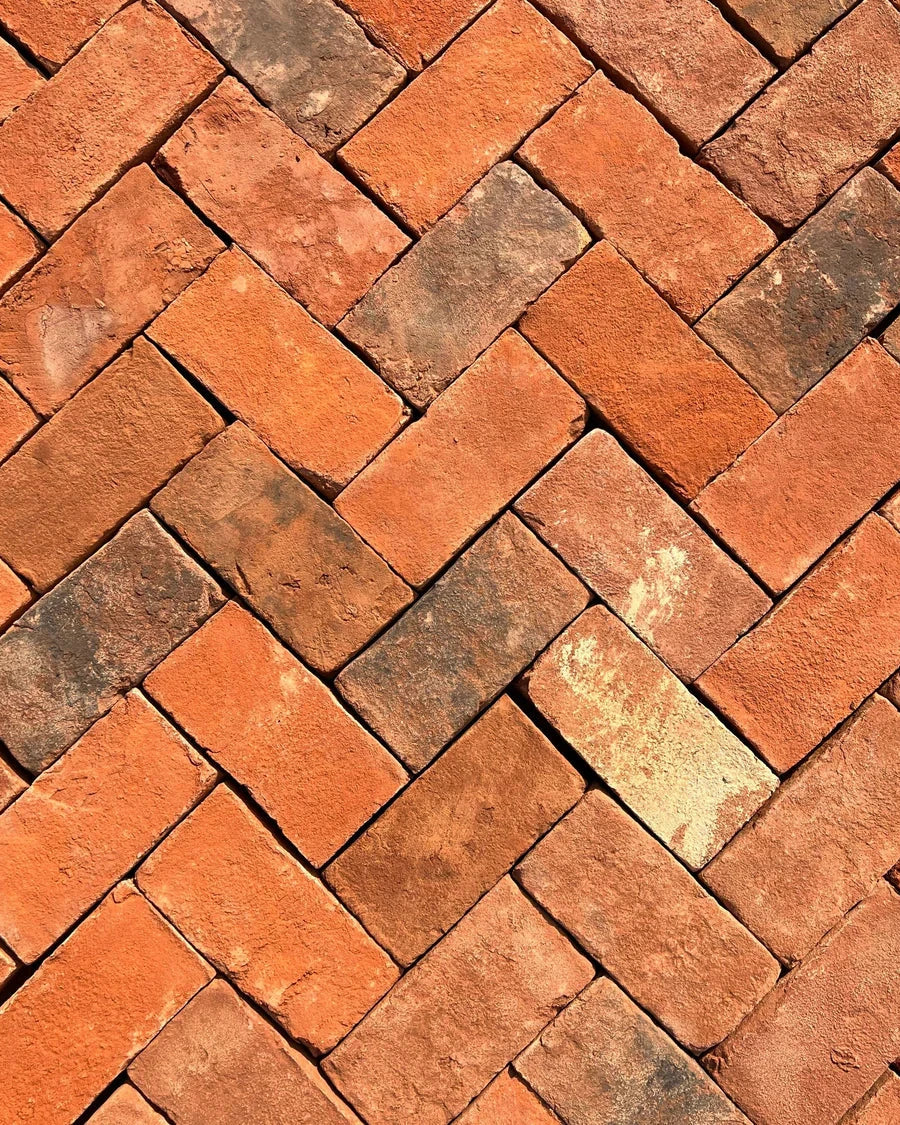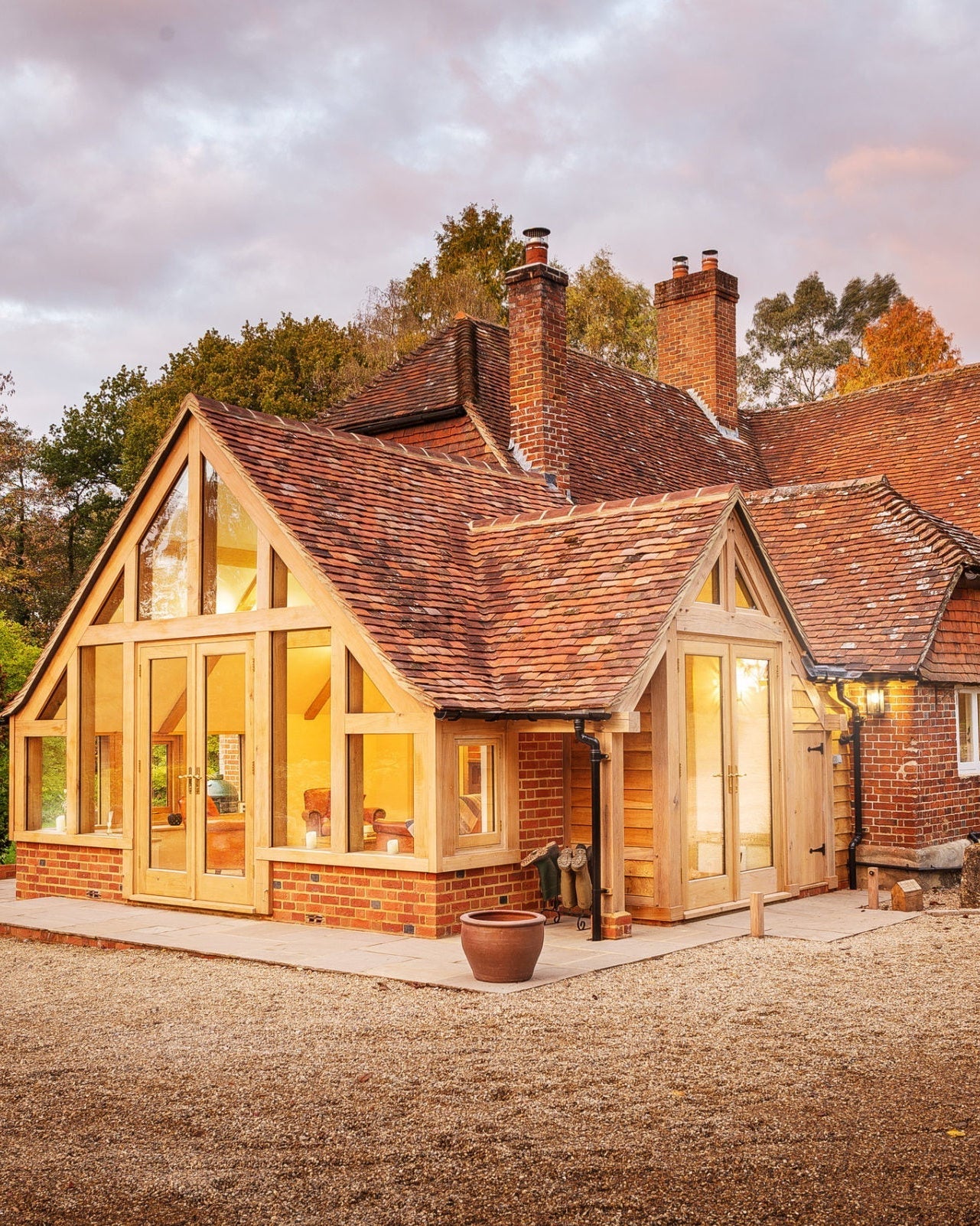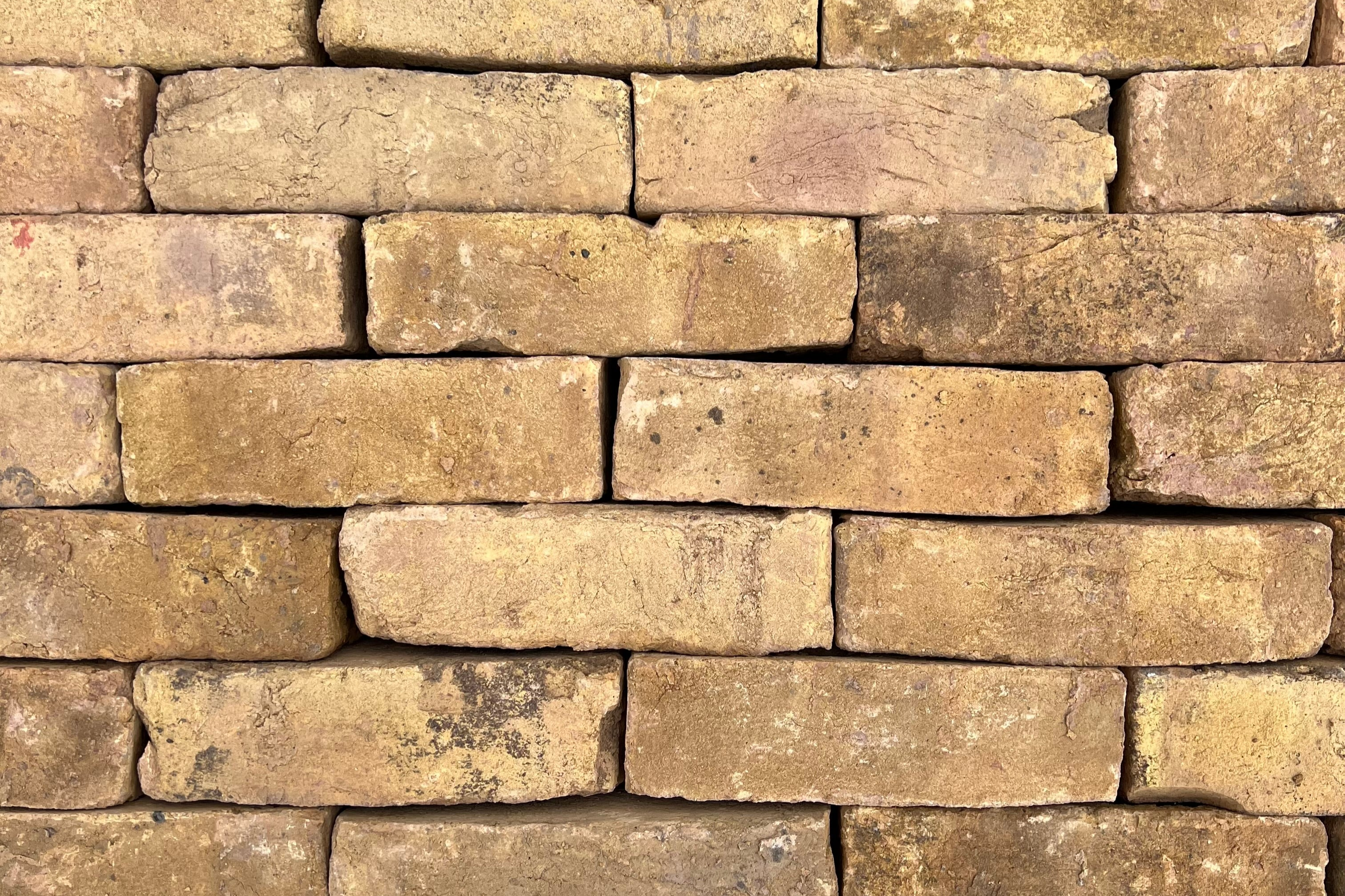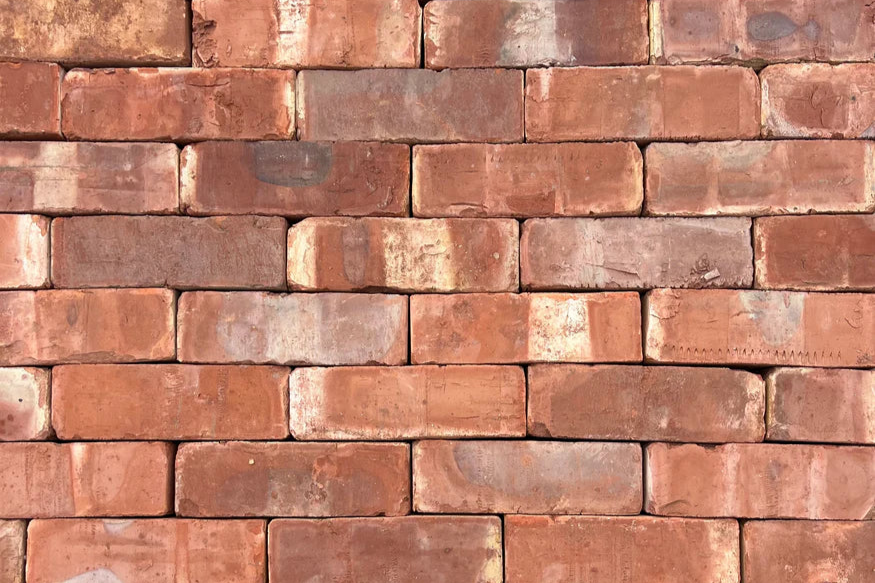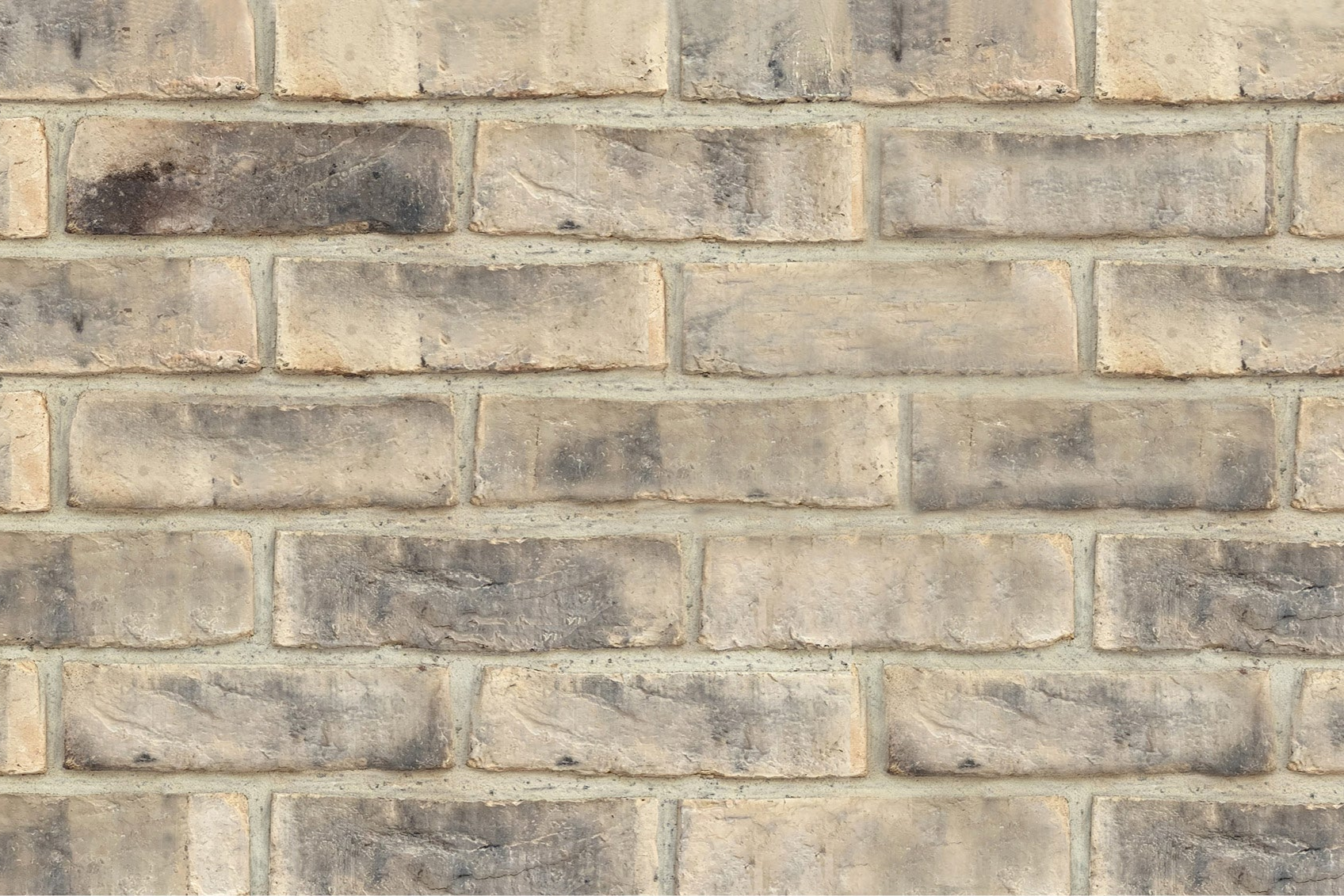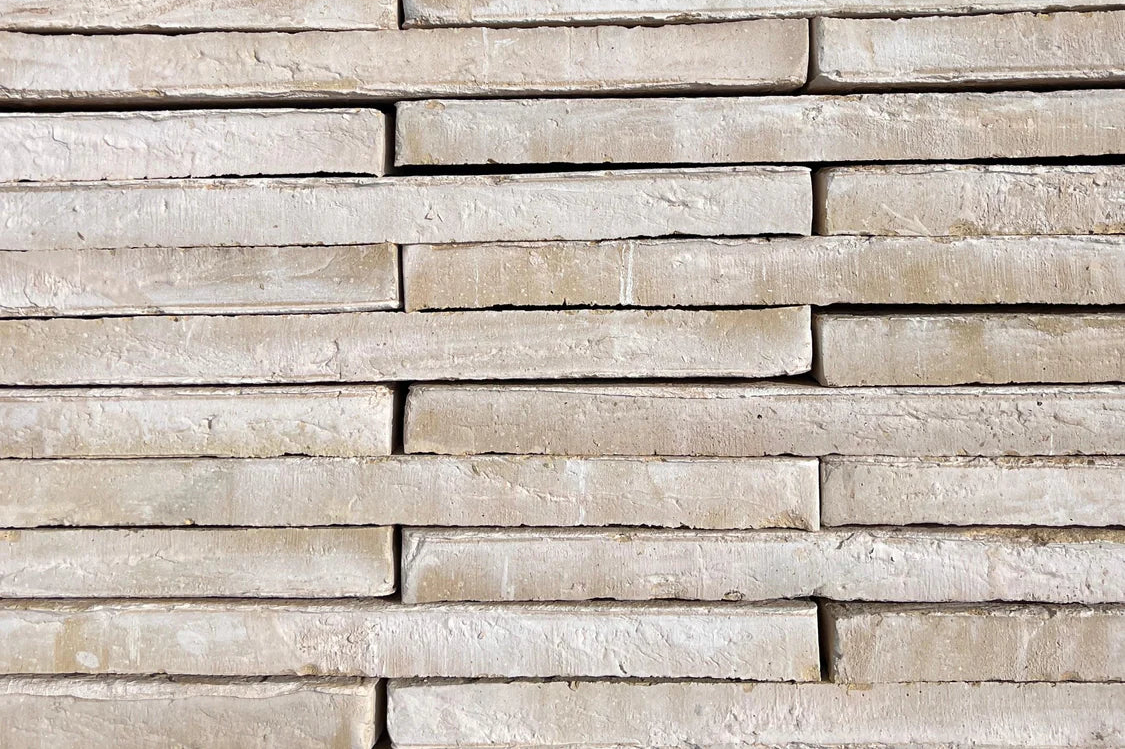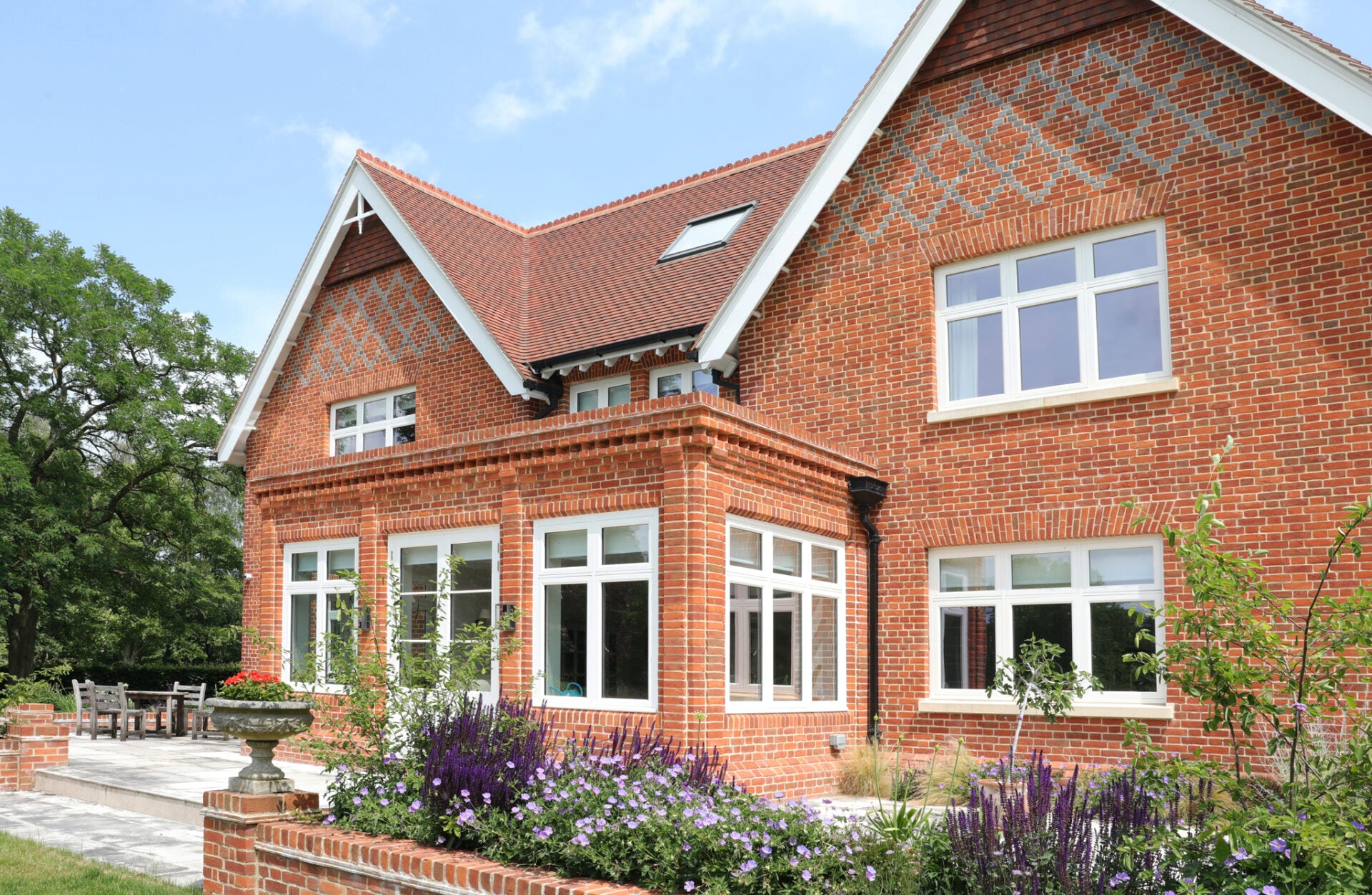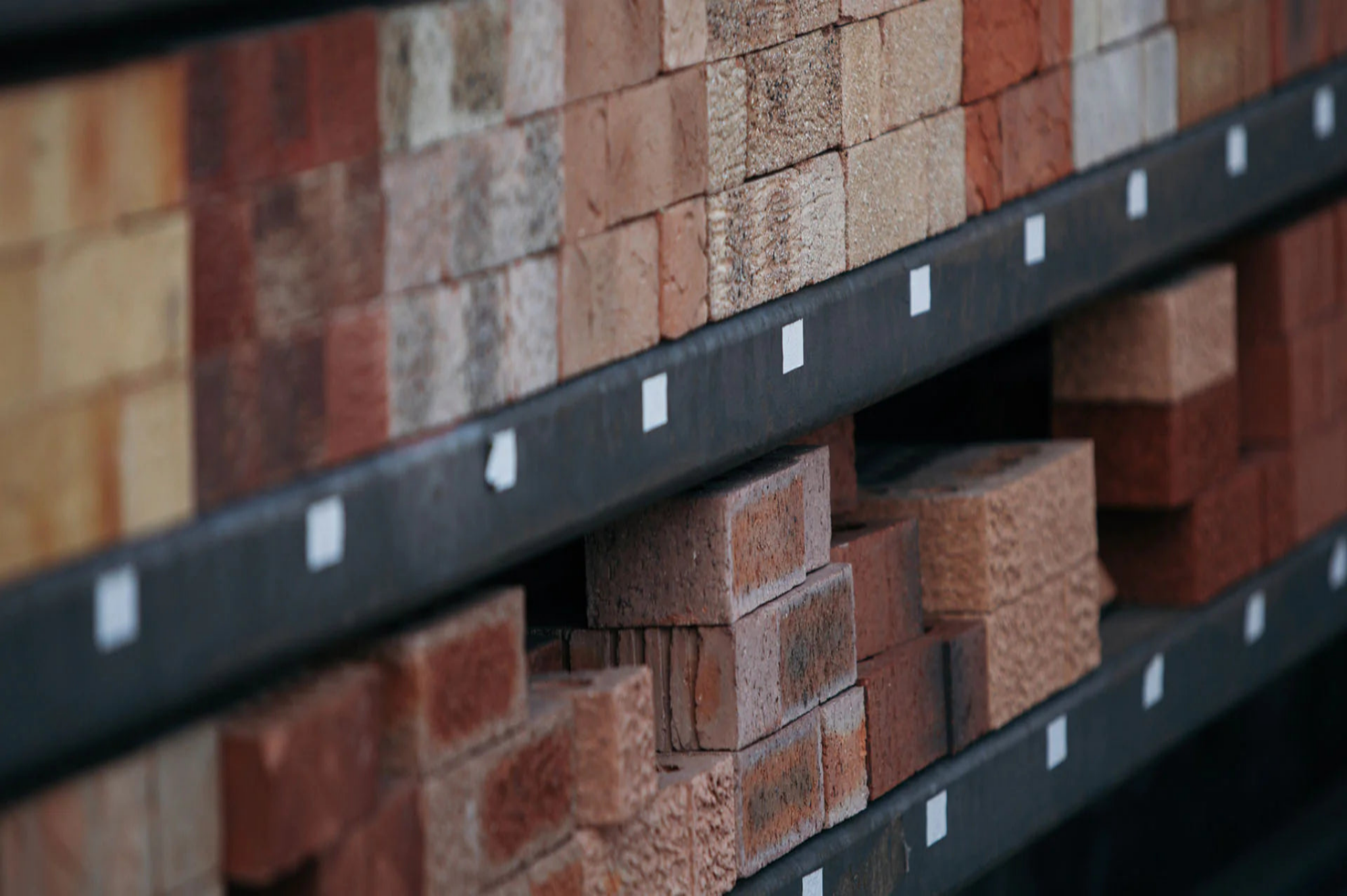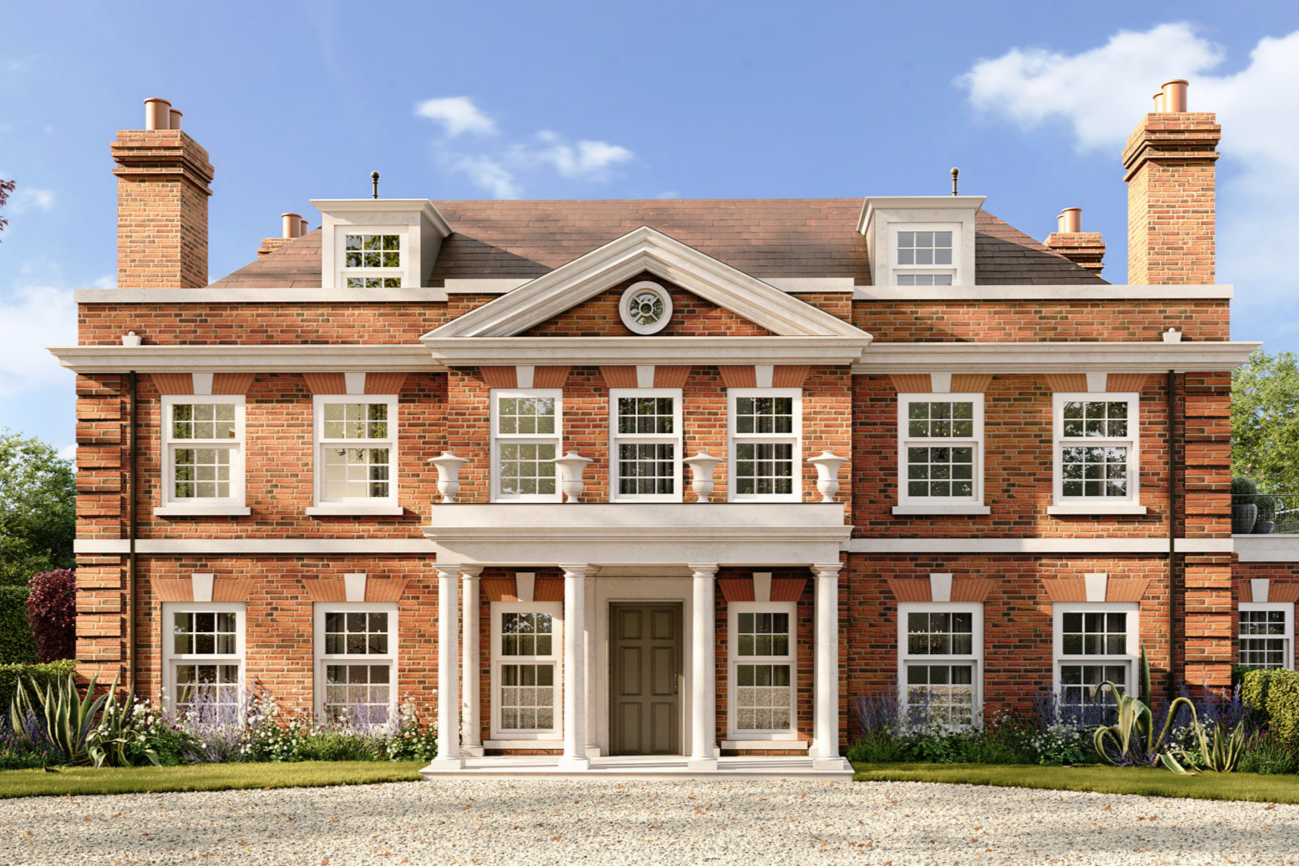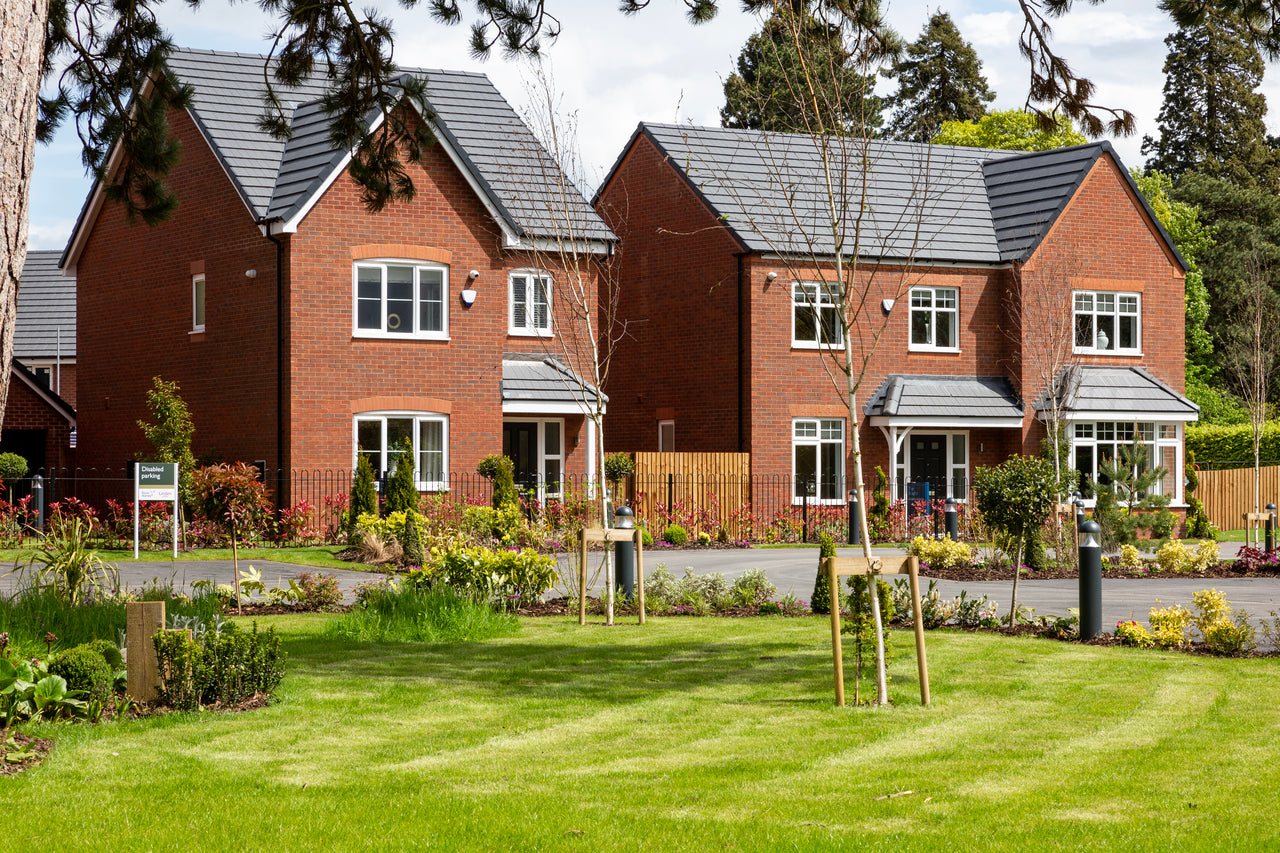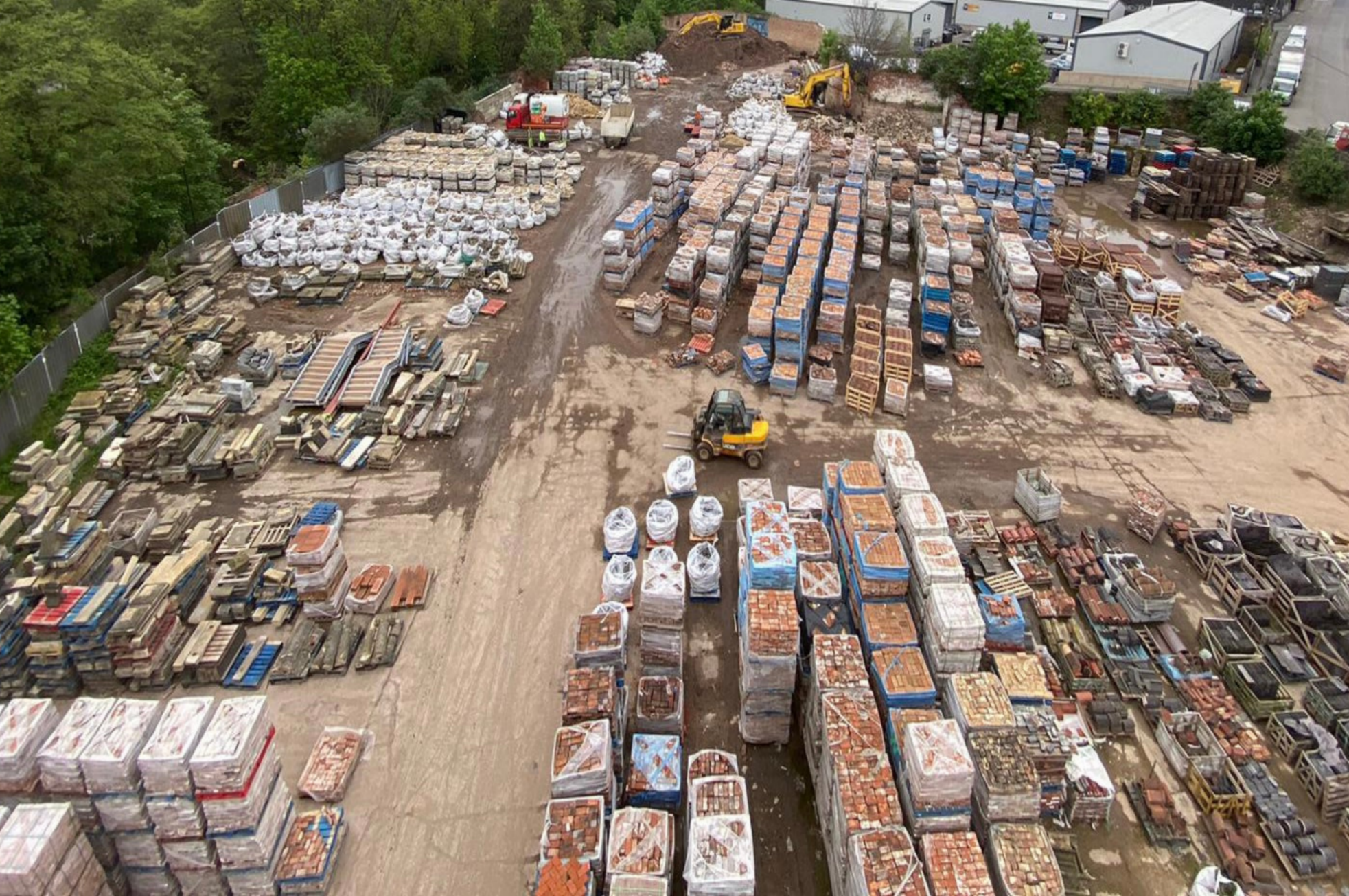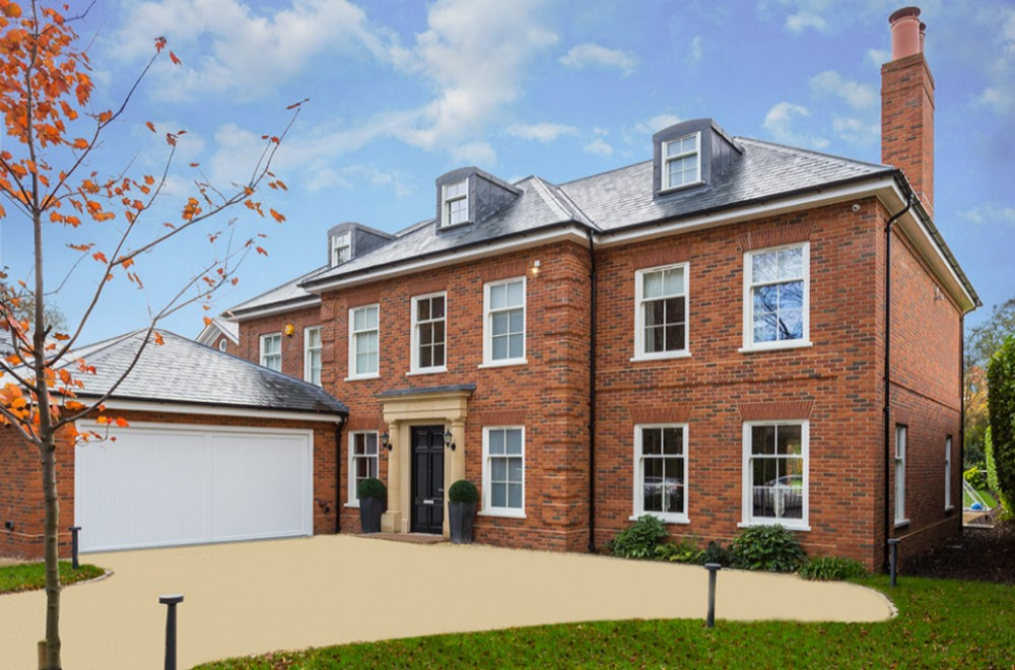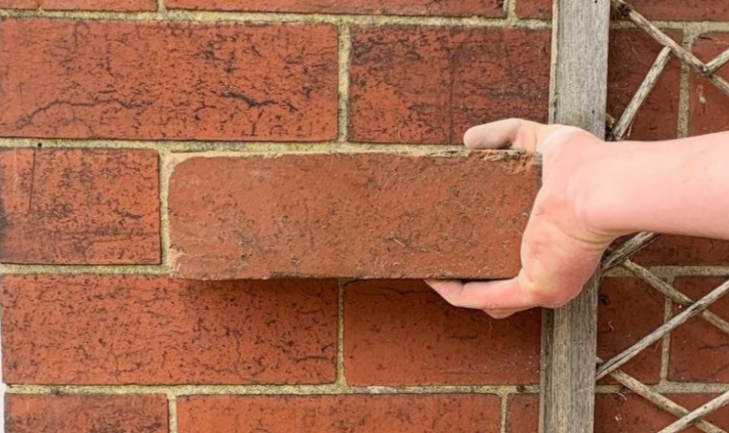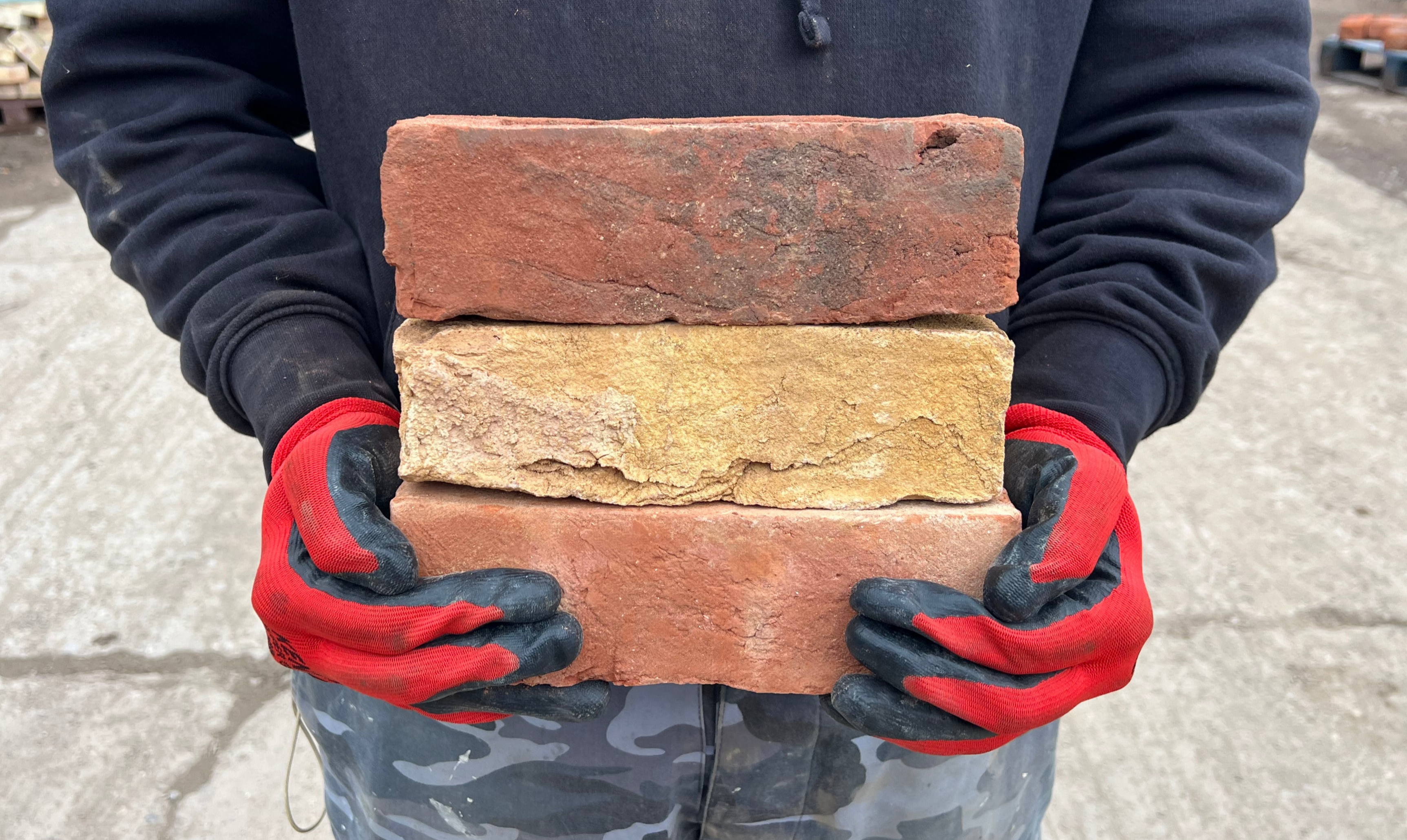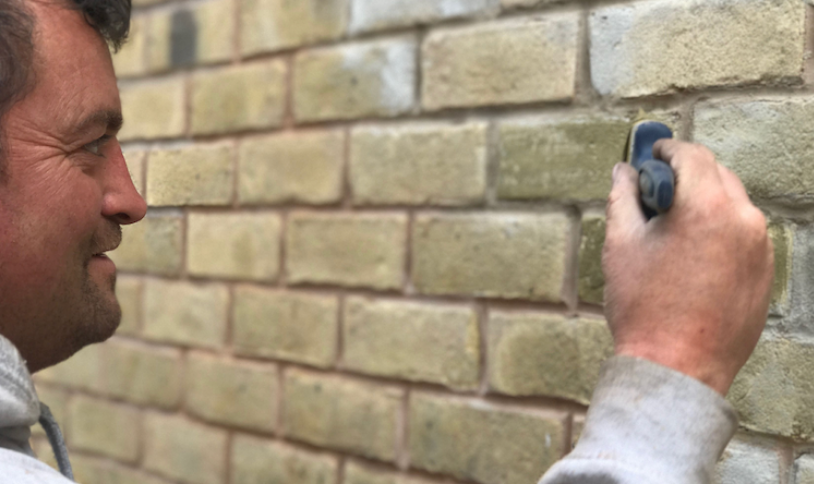Polychrome Brickwork Ideas for Period Homes and Heritage Builds
Introduction Polychrome brickwork might sound like a niche architectural term, but it simply means using bricks of different colours to create decorative patterns. It’s a technique with deep historical roots, especially in Victorian and Gothic Revival buildings across the UK. Today, it’s being rediscovered as a creative way to add unique character to both traditional renovations and new builds. In this blog, we explore the history, uses, and design possibilities of polychrome brickwork – and how Heritage Brick Company’s traditional range can help bring these designs to life.
A Brief History of Polychrome Brickwork Polychrome brickwork came to prominence in the 19th century, particularly during the Gothic Revival movement. Architects like William Butterfield made it iconic through striking buildings such as All Saints Church on Margaret Street in London. Using red, yellow, black, and cream bricks, these designs introduced rhythm and ornament to what were once plain facades. Patterns ranged from banding and chevrons to arches and frames around windows and doors.
You’ll also find examples in Victorian terraced housing across the Midlands and London, where contrasting colours were often used in lintels, sills, and door surrounds. The technique allowed builders and architects to express individuality and distinction in an era of mass housing.
Why Polychrome Brickwork Still Matters Today The popularity of polychrome brickwork declined in the 20th century, but the technique has recently gained renewed interest among architects, developers, and homeowners seeking to reflect traditional character or introduce heritage styling into modern builds. It offers a powerful way to:
-
Add curb appeal without artificial materials
-
Echo the original detailing of period properties
-
Bring warmth and texture to otherwise minimal architecture
-
Highlight features like windows, doorways, and gable ends
-
Enhance conservation-led projects with historically accurate techniques
Modern planning departments, especially in conservation areas, often encourage authentic materials and design approaches. Polychrome detailing provides a subtle way to meet those expectations without compromising modern performance standards.
Design Tips for Using Polychrome Brickwork Polychrome brickwork doesn’t have to be complex. Even subtle contrasts between handmade red bricks and pale creams or soft greys can create stunning results. Here are a few tips:
-
Start simple: Use colour banding at plinth or lintel level to break up elevations
-
Play with symmetry: Create framed panels or chevron patterns between windows
-
Choose complementary tones: Reds and oranges pair beautifully with creams and buffs
-
Use texture too: Mix wirecut with handmade or waterstruck finishes to add depth
-
Think beyond the facade: Garden walls, outbuildings, and even chimney stacks can carry decorative detail
Common Mistakes to Avoid While polychrome brickwork is a beautiful and traditional technique, it requires thoughtful planning. Here are a few common pitfalls:
-
Overdoing the contrast: Using very bold or clashing colours can feel harsh or out of place in a heritage setting
-
Ignoring bond patterns: The direction and rhythm of the brick bond matters – not just the colour
-
Mismatched mortar: Mortar colour has a huge impact on the final look. Lime-based mortars often work best with heritage designs.
-
Lack of context: If your property is in a conservation area or near listed buildings, design choices should respect the local style and palette
Where to Use Polychrome Brickwork This technique works particularly well on:
-
Victorian-style extensions
-
Period property renovations
-
Feature garden walls
-
Decorative gable ends
-
Entrance arches and door surrounds
-
Bay windows, porches, and side returns
Even in modern homes, a small section of patterned brickwork can serve as a nod to heritage design without dominating the building.
Case Study: Decorative Diamond Gable Using Handmade Bricks A striking example of polychrome-inspired brickwork is this patterned gable, built using bespoke handmade imperial bricks. It features a repeating diamond motif set into the upper elevation, using tonal variation and careful layout to produce a strong visual impact. This design:
-
Adds period-style detailing to a modern structure
-
Uses rich reds and buff tones to create definition and contrast
-
Demonstrates how thoughtful brick placement alone can echo traditional polychrome style You can view the original image here on our website. This example highlights how decorative brickwork is not limited to arches and openings – full gable treatments can dramatically lift the look of a property.

Case Study: Twin Garage Arches with Contrasting Brickwork
In a recent residential build, the homeowner used polychrome brickwork to define the shape and symmetry of a double garage. Each garage opening was framed with a sharply angled arch, using lighter buff bricks to contrast against the darker, variegated main brickwork. The effect – similar to the image shown – demonstrates how thoughtful brick colour placement can highlight architectural features without overwhelming the design.

This kind of brick detailing demonstrates how polychrome principles can be applied even in contemporary or practical settings, offering character without the need for overly ornate features.
Choosing the Right Bricks At Heritage Brick Company, we offer a wide range of new bricks made with traditional techniques. Whether you're looking for Waterstruck Bricks to add subtle texture, or Wirecut Bricks in warm buff and orange tones for cleaner lines, you'll find plenty of options to create striking colour contrasts.
Our handmade and machine-made ranges are available in metric and imperial sizes, with textures that complement period and conservation-style projects perfectly.
Need help choosing? Our team can offer guidance on colour combinations and layouts to suit your design vision. You can also request a sample directly from the site to explore your options up close.
Working with Conservation Officers If you’re planning to use polychrome brickwork in a conservation area or on a listed building, it’s always worth consulting with your local planning authority or conservation officer. They may request sample panels or specific heritage references. The good news is that our bricks are already used on many listed properties across the UK, and we can assist with technical data, samples, and heritage alignment where needed.
Final Thoughts Polychrome brickwork is more than a decorative trend – it’s a way to honour architectural history while adding lasting visual appeal to modern homes. Whether you’re restoring a Victorian terrace or designing a new-build with traditional charm, this timeless technique offers a unique and expressive solution.
Explore our full brick collection or get in touch with our team to discuss how to incorporate polychrome patterns into your next build.
Want to see real examples? Follow us on Instagram for customer projects and design inspiration.
Ref HBC-B-7


